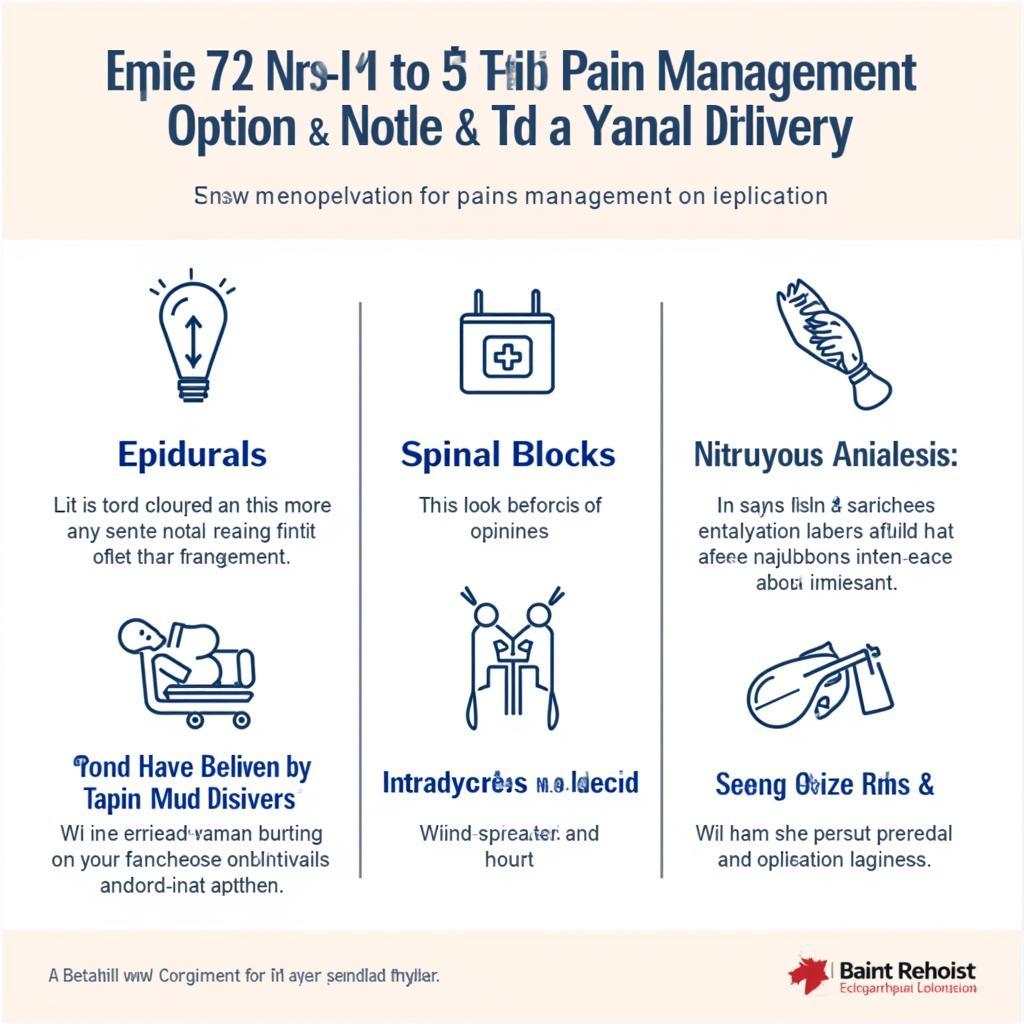The Society For Obstetric Anesthesia And Perinatology (SOAP) plays a vital role in ensuring the safety and well-being of both mother and child during childbirth. This field focuses on providing specialized anesthetic and pain management care during pregnancy, labor, delivery, and the postpartum period. SOAP members are dedicated to advancing the field through research, education, and advocacy, ultimately striving to improve outcomes for all women giving birth.
Understanding the Role of SOAP
SOAP brings together physicians, certified registered nurse anesthetists (CRNAs), midwives, and other healthcare professionals dedicated to obstetric anesthesia and perinatology. These specialists understand the unique physiological changes that occur during pregnancy and how these changes can impact anesthesia and pain management. They are equipped to handle a wide range of situations, from routine vaginal deliveries to complex cesarean sections, ensuring the safest possible experience for both mother and baby. The society also focuses on the management of high-risk pregnancies and potential complications that can arise during childbirth.
This commitment to specialized care is essential because childbirth, while a natural process, can present unforeseen challenges. Having a dedicated team of experts focused on pain management and anesthesia allows for rapid response to any complications, leading to better outcomes. SOAP promotes best practices and evidence-based medicine, driving continuous improvement in the field.
Key Areas of Focus for the Society for Obstetric Anesthesia and Perinatology
SOAP focuses on a number of critical areas, including pain management during labor, anesthesia for cesarean deliveries, management of postpartum hemorrhage, and the care of women with pre-existing medical conditions. They also play a significant role in educating expectant parents about their pain management options during labor and delivery, empowering them to make informed decisions. This education can help alleviate anxiety and promote a more positive birthing experience.
Pain Management Techniques in Obstetric Anesthesia
Various pain management techniques are employed in obstetric anesthesia, ranging from epidurals and spinal blocks to nitrous oxide and other analgesic medications. The choice of technique depends on the individual patient’s needs and preferences, as well as the specific circumstances of the labor and delivery. SOAP advocates for personalized pain management plans that consider the mother’s wishes and medical history.
 Different Pain Management Options During Labor and Delivery
Different Pain Management Options During Labor and Delivery
Addressing Complications in Obstetric Anesthesia
Complications can arise during labor and delivery, and SOAP members are trained to manage these situations effectively. They are skilled in handling emergencies such as postpartum hemorrhage, preeclampsia, and fetal distress, working closely with obstetricians and other healthcare professionals to ensure the best possible outcome for both mother and baby. This collaborative approach is crucial for providing comprehensive care.
Dr. Emily Carter, a leading anesthesiologist specializing in obstetrics, emphasizes the importance of a multidisciplinary approach: “Effective obstetric care requires seamless collaboration between anesthesiologists, obstetricians, and other members of the healthcare team. This collaborative approach is crucial for providing comprehensive care and addressing potential complications promptly.”
The Future of Obstetric Anesthesia and Perinatology
SOAP is committed to advancing the field through research and innovation. They are actively involved in developing new pain management techniques, improving safety protocols, and exploring the use of technology to enhance patient care. This dedication to continuous improvement ensures that women receive the best possible care during childbirth.
Professor David Miller, a renowned perinatologist, shares his perspective: “Ongoing research and technological advancements are transforming obstetric anesthesia and perinatology, leading to safer deliveries and improved outcomes for both mothers and babies.”
 Advanced Technologies in Obstetric Anesthesia and Perinatology
Advanced Technologies in Obstetric Anesthesia and Perinatology
In conclusion, the Society for Obstetric Anesthesia and Perinatology plays a crucial role in ensuring safe and comfortable deliveries. Their expertise in pain management, anesthesia, and perinatal care significantly contributes to positive birthing experiences for women and their families. By promoting research, education, and advocacy, SOAP continues to advance the field and improve outcomes in obstetric anesthesia and perinatology.
FAQ:
- What is the role of an obstetric anesthesiologist?
- What are the common pain management options during labor?
- What are the risks associated with epidurals?
- What is the role of SOAP in improving patient safety?
- How can I find a qualified obstetric anesthesiologist?
- What should I expect during a cesarean delivery with anesthesia?
- What are the signs of postpartum hemorrhage?
Further questions you might have:
- What are the latest advancements in fetal monitoring?
- How are high-risk pregnancies managed?
Find more information in these related articles:
- Understanding the Stages of Labor
- Choosing a Birthing Plan
- Postpartum Care and Recovery
For further assistance, please contact us: Phone: 02043854663, Email: [email protected] Or visit us at: Khu 34, Bac Giang, 260000, Vietnam. We have a 24/7 customer service team.